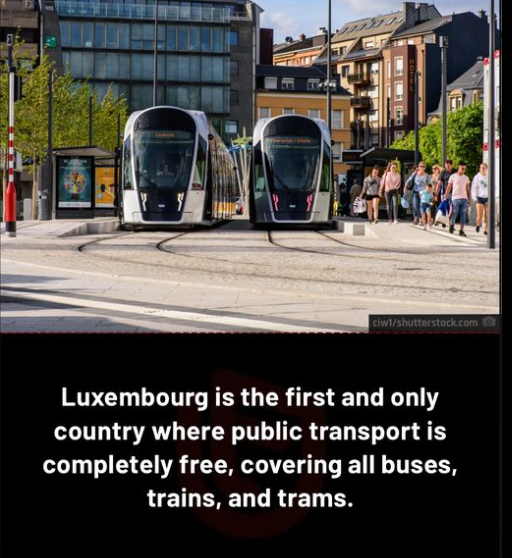Sustainable Transportation

Maybe this is one of these situations in which it costs more to administer the receipt of and accounting for funds than the value of the funds themselves. Our Santa Barbara public library system has done away with meting out fines to borrowers of overdue books for this precise reason: it’s net-revenue negative.
I’m more interested in the governments of places like Curitiba, Brazil, whose public transportation system, while not free, is among the world’s most sustainable.
From this:
The bus system of Curitiba, Brazil, exemplifies a model Bus Rapid Transit (BRT) system, and plays a large part in making this a livable city. The buses run frequently—some as often as every 90 seconds—and reliably, and the stations are convenient, well-designed, comfortable, and attractive. Consequently, Curitiba has one of the most heavily used, yet low-cost, transit systems in the world. It offers many of the features of a subway system—vehicle movements unimpeded by traffic signals and congestion, fare collection prior to boarding, quick passenger loading and unloading—but it is above ground and visible. Around 70 percent of Curitiba’s commuters use the BRT to travel to work, resulting in congestion-free streets and pollution-free air for the 2.2 million inhabitants of greater Curitiba.
